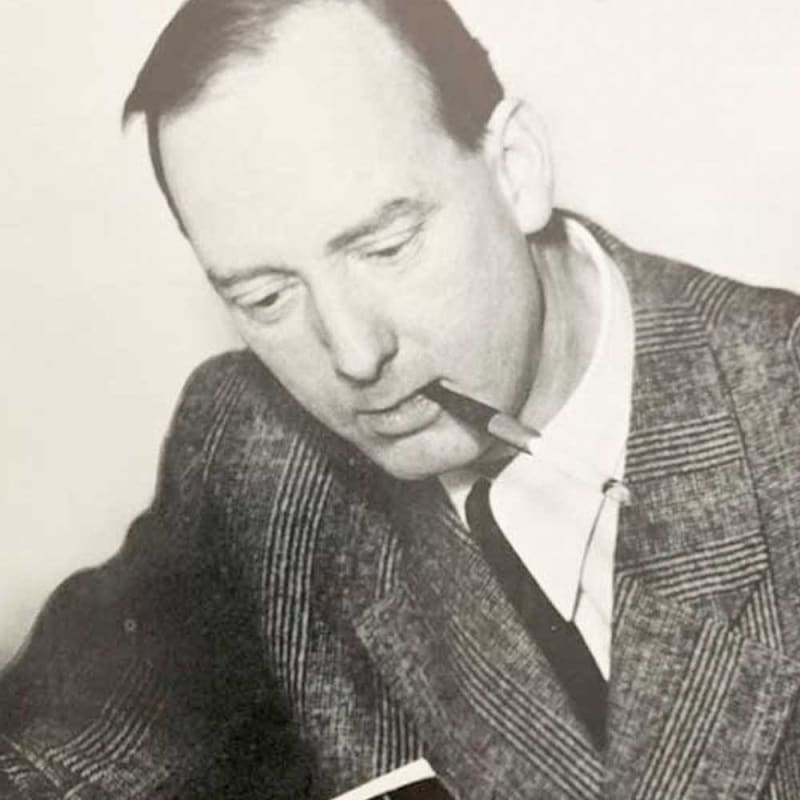A leading theorist and painter, Bjerke-Petersen was the principal force behind the introduction of Surrealism in the Nordic countries. He was described by André Breton as the “promoter of the Surrealist movement in the Scandinavian countries." Trained at the Bauhaus under Kandinsky and Klee, and later active in Paris, he corresponded directly with the Surrealist group in Paris. He co-founded Linien, a left-wing Abstract Surrealist association, and his seminal book "Surrealismen" (1934) advocated automatism and reduced artistic creation. Bjerke-Petersen organized the 1935 ‘Kubisme = Surrealisme’ exhibition, bringing together major international Surrealists like Salvador Dalí, Max Ernst, René Magritte, Meret Oppenheim, and Jean Arp alongside Danish artists in Copenhagen. His painting Sunset Hill (1941) stands as a landmark of early Northern Surrealism: psychological, symbolic, and rigorously constructed. His artworks were included in the landmark 1936-1937 exhibition Surrealist, Dada and Fantastic art at the MoMA.
